The army is one of the most important institutions of any country. It is the part of the military force. There are various reasons why the army plays a very important role for a country. For instance, some of the reasons are as follows:
- It is there to defend a country and protect its people from any external attack.
- Another very important role that the army plays is to assist the police. That way, it helps to bring many internal security problems under control.
- The army can help the country gain some profit when they go on peacekeeping in other places across the world.
- One important thing is that the army provides humanitarian services when natural disasters occur. This also applies to other types of disasters, like floods, earthquakes, terrorist attacks, etc.
THE ARMENIAN ARMY DURING THE OLD AND MEDIEVAL AGES
Since the ancient times, Armenian people have formed armed forces. There is quite a lot of evidence from foreign sources on the success of the Armenian army, the disciplinary and the commitment of soldiers to their commanders.
This proves that military training in the Armenian army has always been on high levels since the ancient times. Also, the army had a clear purpose.
The Armenian Army was famous not only for its brilliant military life but also for the surprising moral-psychological atmosphere in the army.
After returning to his homeland after a major defeat in Armenia, Shapuh tells about the Armenian army with admiration:
“I am surprised at something else… on the integrity and loyalty of the Armenian Regiment … Yes,” he said, “happy is the one who is the owner of the Armenian Regiment, the owner of a dignified, united and faithful army.”
It was also important for the army commander to care for their soldiers. For this reason, according to the rules of old Armenia, the male children of noble Armenians were training at one degree lower nobles.
They were living in their homes throughout their studies so that the future commander would know his subordinates as much as possible. There was a similar approach in the process of educating the medieval European knights.
It is noteworthy that during the next centuries, even after the loss of independence and statehood, the Armenian army preserved its role and importance.
In the 9th century, the army greatly supported the restoration of the Armenian state during the Bagrationi dynasty.
After the dynasty collapsed, in the 11th century, the Armenian armed forces maintained their existence by fighting against foreign invaders. The army used all of the favorable moments in order to restore the independence of the homeland. In the end, the creation of the Cilician Armenian kingdom (12-14 centuries) took place.
In the early 18th century, David Beck, one of the greatest Armenian heroes, shone with his faithful love for the homeland and high-quality commanding.
THE ARMENIAN ARMY (1918-1920)
The officers of the Armenian Army were mainly people who participated in the First World War as well as graduated from Russian Military Gymnasiums.
By the end of World War I, on December 13, 1917, the Commander-in-Chief of the Caucasian Army with 136th command announced the creation of the Armenian corps. This later became the core of the Armenian National Army.
After the withdrawal of the Russian troops, the Armenian Corps was formed on the basis of the Russian army inheriting its structural principles and armament, weapons and ammunition.
The supreme officer and command staff consisted mainly of Armenian high-ranking, senior and junior officers from the Russian army. There were also commanders who participated in the Fedayi movement.
“The Armenian army adopted the Russian system and is governed by Russian military rules. The commanding officer staff received their education in Russian schools. Most of the soldiers served and trained in the Russian army. The Armenian troops from the Bolshevik movements, as well as the Armenian population in general, remained completely independent. Consciousness and discipline in the army are quite in a good condition.”
— “A Brief Information on the Republic of Armenia” bulletin
The Armenian Corps
The Armenian Corps consisted of two rifle divisions – each consisting of four rifles and one rifle brigade. There was a separate cavalry brigade composed of two cavalry regiments, a fortress-infantry brigade consisting of five infantry regiments, a reserve brigade with two infantry regiments and four battalions, collective troops and a number of other separate and professional units and subdivisions.
Aside from the regular military units, volunteer groups such as the Andranik military unit, the group of Pilgrim Msheci, the Sassounian troop and others also served in the army.
In January 1920, the army already had 25,000 soldiers and in the autumn, during the Turkish-Armenian war, it reached to 40,000.
The First Republic never felt the lack of war-experienced officers. Also, there were volunteer groups next to these officers whose military experience was no joke.
THE DEVELOPMENT
The Armenian Army makes up the largest part of the Armenian Armed Forces. It consists of the ground forces which is responsible for the land-based operations.
The issue of the independence of the national state was very important. Hence, the creation of an efficient army was more than necessary.
The formation and development of the army took place through the following stages:
- The first stage started from February 1988 and lasted till May 1992. This was the period of the Karabakh movement and the worsening relations of Armenian and Azerbaijan. So, the creation of military that would protect the population of Armenia and Artsakh became urgent.
- The second stage lasted from June 1992 (several months after Armenia’s independence from the Soviet Union) to May 1994. During this period, Armenia and Artsakh were under the aggression of Azerbaijan.
- The third stage started after the end of the war, in June 1994, and continues until now. During this period, a considerable amount of work has been done in the field of army building.
In September 1990, Armenians formed the special regiment of Yerevan. There were five units in Ararat, Goris, Vardenis, Ijevan, and Meghri.
During 1992-1993 by uniting the Yerkrapah Volunteer Troops and the enlisted conscripts, Armenians formed a mobile and disciplinary army.
On January 28, 1992, the government adopted the historic decision “On the Ministry of Defense of the Republic of Armenia”. This marked the beginning of the creation of the national army.
SOME IMPORTANT EVENTS BRIEFLY
Armenian Fedayi Movement
In the late 70s of the 19th century, the Fedayi movement took place in Western Armenia. It had a great influence on the formation of the Armenian officer corps. The Fedayi or Haiduk Movement was one of the forms of the Western-Armenian national liberation struggles against Turkish dictatorships.
In 1878, after the Berlin conference, the fact that the Armenian delegation was not even allowed to participate in the conference disappointed the Armenians. Internationalization of the Armenian Question did not bring to our nation anything other than damage.
In the late 19th century, the Armenian national-liberation movement developed into an open armed struggle. In this atmosphere, the Armenian Fedayi movement arose.
Fedayis have done a considerable amount of work to strengthen ties between the two Armenian communities. They visited Tiflis, met Eastern Armenian prominent figures, acquired weapons, and ammunition, recruited volunteers in order to send them to Western Armenia.
After the Sassounian rebellion in 1904, the Fedayi movement started to weaken. Nevertheless, that movement prepared the people for liberation struggle, restrained Turkish officials and Kurdish aghas, alleviated and even frequently eliminated their violence.
At the beginning of the First World War (1914-18), a considerable part of the Fedayi entered the Armenian voluntary detachments and participated in the self-defense battles of Armenians during the days of the Great Genocide. The following four people played a huge role during the movement: Aghbyur Serob, Andranik, Gevorg Chaush, Duman.
January 1992
On the night of January 25, the rival attacked in the direction of Karitak from the Shushi plateau. However, people from the capital and the neighboring villages formed self-defense detachments. In the end, the enemy had to withdraw.
On February 14, for the first time, Stepanakert experienced a rocket attack from Shoushi with the MM-21 “Grad”. Before that, though, on September 25, 1991, with “Alazan”.
On January 13, 1992, the Shahumian settlement also experienced a rocket attack by a “Grad”. The international agreement, in fact, had banned its use against the civilian population. The enemy, however, used it against Stepanakert (with 70 thousand population) and its surrounding settlements.
The establishment of a united front and a secure backdrop in the Martouni region and strengthening of the front line were very important victories.
Another success was the military operations of the Khojalu firing points (Khojalu liberation took place). Khojalu liberation restored the contact with Askeran settlement. Also, Armenians confiscated a large number of weapons and ammunition from the enemy. The liberation brought with it many benefits.
Shoushi Liberation
The preparation for the liberation of Shoushi took place in 3 stages: diplomatic, with the help of the news and, of course, military.
On May 8, 1992, at 2:30 pm, four battalions of about 1200 warriors started defeating the enemy in the battlefields of Shushi and Stepanakert. The decisive actions of the Armenian soldiers led to the suppression of the enemy’s resistance in just two days. They liberated the strategically important city of Shushi.
This was all thanks to the thorough preparation of the military action, the skillful management, and the efficient cooperation of the commanders.
After the loss of the Shushi military base, the enemy, with a great number of soldiers and means, attacked several parts of the NKR border.
On May 10, the attacks on Aghdam – Askeran – Stepanakert line began. On 13 May, the enemy’s combat equipment and infantry attacked in order to invade Zarslou. The tank, however, exploded because of mine. The armored vehicle was damaged by a grenade. Hence, Armenians could prevent the further advancement of armored equipment.
About 40 soldiers of the enemy lost their lives. In the end, the enemy had to retreat.
On June 2, 1992, the Azerbaijani army performed a diversionary attack on Kelbajar. In the second half of June 12, the formations near the frontier regions of the NKR, with the support of a large number of armored vehicles, artillery, and air force, performed a large-scale attack along the front line.
Two heavy tanks of the opponent together with an HMM-2 exploded on the mines laid by Armenian sappers. After that, the enemy’s attack impetus worsened, the advancement was halted.
Only four units were under the subordination of the new ministry.
- The MIA regiment
- The special-purpose operational regiment
- Civilian Defense Regiment
- Republican Military Commissariat
The creation of the central apparatus, the headquarters, departments and divisions of the Defense Ministry took place later.
Vazgen Sargsyan was the first Minister of Defense of the Republic of Armenia still in 1991, December 5.
In 1992, May, the Ministry of Defense formed the law of replenishing the army with conscript soldiers.
The personnel of the newly formed military units, on May 28, 1992, at the Republic Square, gave their first military oath.
Below is the video of the Military Oath of the Republic of Armenia:
Here is the translation:
By serving in the Armed Forces of the Republic of Armenia, I (first name, patronymic, last name), do solemnly SWEAR! To serve my homeland, the Republic of Armenia without sparing my life. To obey the Constitution and the laws of the Republic of Armenia.
I will execute the orders of my commanders with no hesitation, will keep the military secrets. And if I break my oath, let me be punished with all the severity of the law. I SWEAR.
Soviet Army Influence
Military units of the Armed Forces of Armenia, as well as the commanding staff, were formed mainly on the basis of the Soviet Army.
The newly-formed Armenian Army also inherited the armament and military equipment from the Soviet Army.
During Soviet era, the legendary commander of the Armenian Armed Forces, Commander of the Military Forces of the Armenian SSR Hayk Bjshkyants described the National Army in the following way:
“The Armenian soldier possesses many excellent qualities of a warrior. He is brave and goes on a battlefield enthusiastically. He is not demanding, is disciplined, inquisitive, and loves military affairs. These good qualities of the Armenian warriors were well-known and were taken into account by the former Imperial government on time. They served as the basis for the creation of Armenian national military units, which perfectly showed themselves during the last imperialist war.”
The improvement of the army combat readiness was particularly important. Hundreds of Armenian officers, who served in various military units of the Soviet Army before, returned to Armenia. Later, a high-level officer training center was also set up.
Defense Ministers V. Sargsyan, V. Manukyan, and S. Sargsyan played a very important role in the establishment of the Armenian Army.
Being the Minister of Defense, now Armenian President Serzh Sargsyan describes the Army like this:
“Our army in a short historical period, passing through severe trials, wars, and peacebuilding, has grown and became the main guarantee of our independence and is now a source of pride and inspiration.”
The army gradually got armed with modern military equipment and became a stronghold in the protection of independence.
The Armenian army was formed in the process of restoration of the independent statehood and became its greatest achievement. Serving in the well-organized Armenian Army is now the honor of every Armenian young man.
RA Coat of Arms
The Supreme Council of the Republic of Armenia adopted the law “On the State Coat of Arms of the Republic of Armenia” in 1992, April 19.
The coat of arms of the First Armenian Republic (1918-1920) was restored. The architects were Academician of the Russian Academy of Fine Arts Alexander Tamanyan and painter Hakob Kojoyan.
In the central part of the coat of arms, on the shield, there are the emblems of the four Armenian royal dynasties, the Artashesians, Arshakuni, Bagratuni, and Rubinian (Cilicia).
Biblical Mount Ararat fulfills the picture, on the top of which you can see the Noah’s Ark. On both sides of the shield, there are lions and eagles symbolizing the power of spirit, power, finesse, and courage. The sword below represents the struggle of the Armenian people for freedom and independence. Feather and wheat spike symbolize the creativeness and the desire for peace of the Armenian people.
Military Ranks of The Armenian Army
Below are the military ranks of the Army of RA. Click on the pictures to see the full size together with the rank names.
The Day of the Formation of the Armenian Army
January 28 is the anniversary of the formation of the Armenian Army. It is one of the most important and prominent days on our calendar.
Besides being a day of pain and sorrow, it is also the day of glory and honor. Armenians together with the Diaspora celebrate it with great pride. As of 2018, the Armenian Army is 26 years old.
Many Armenian famous singers have also dedicated songs to the Armenian Army and soldiers. See a few of them below.
This one, called “Our name is Armenian Army” is definitely the most popular and prominent one among all Armenians.
Let’s finish the article with the stunning photos of our brave soldiers!


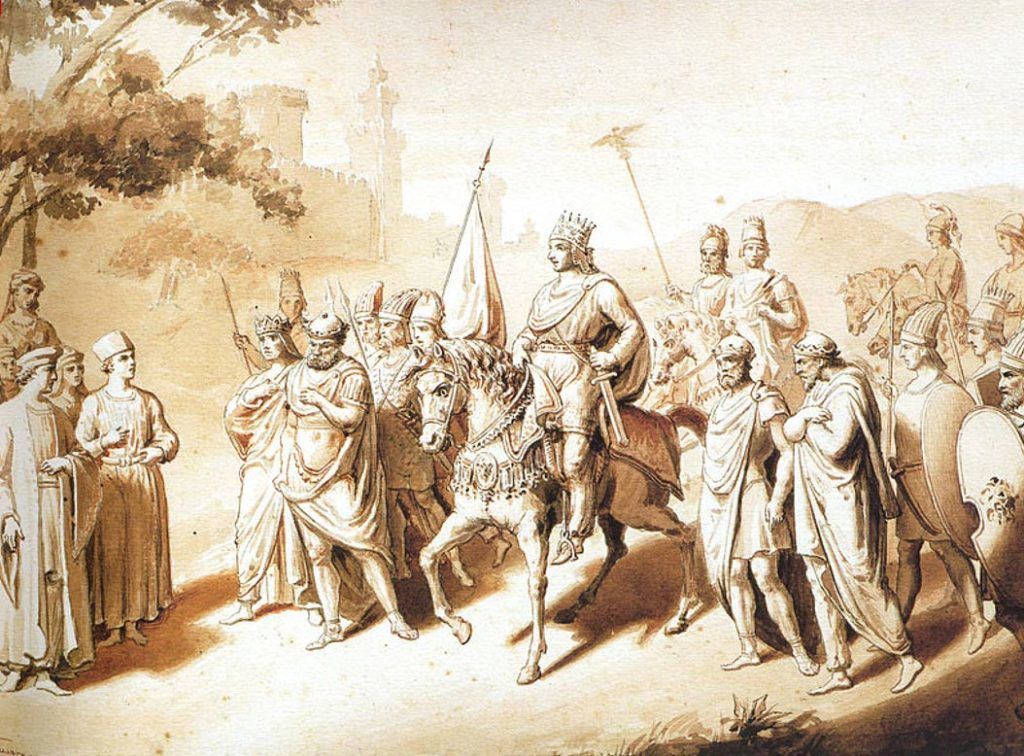


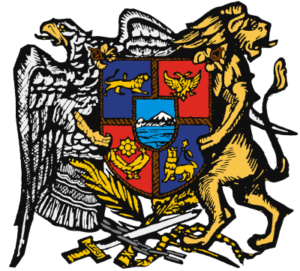
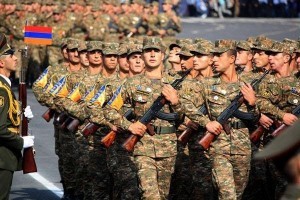
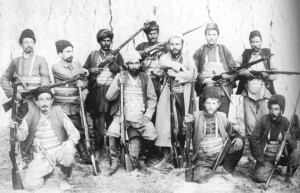
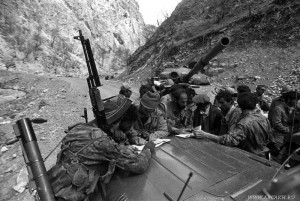
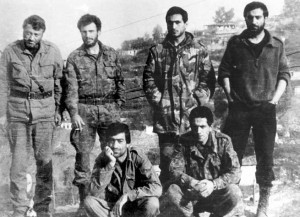
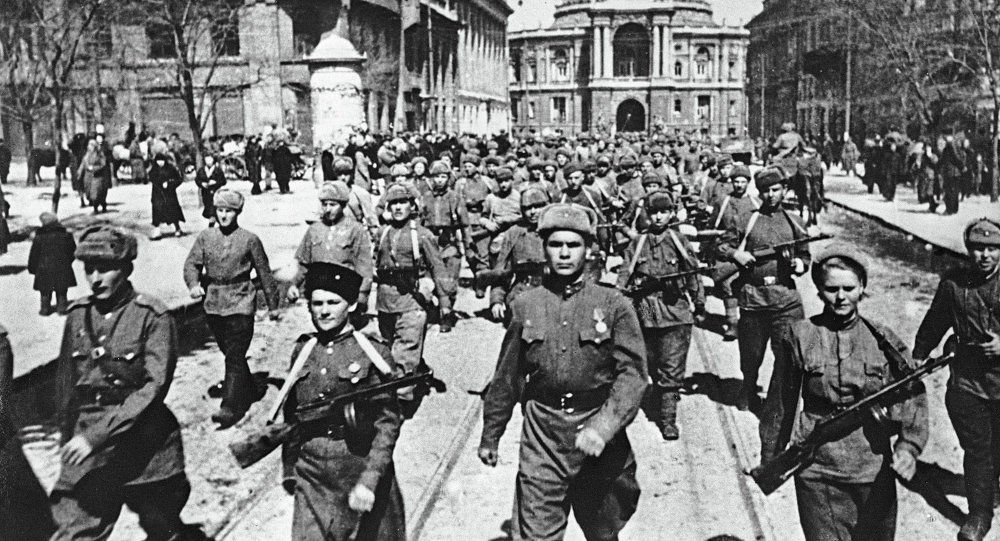
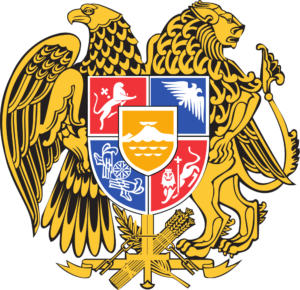




















Leave a Comment